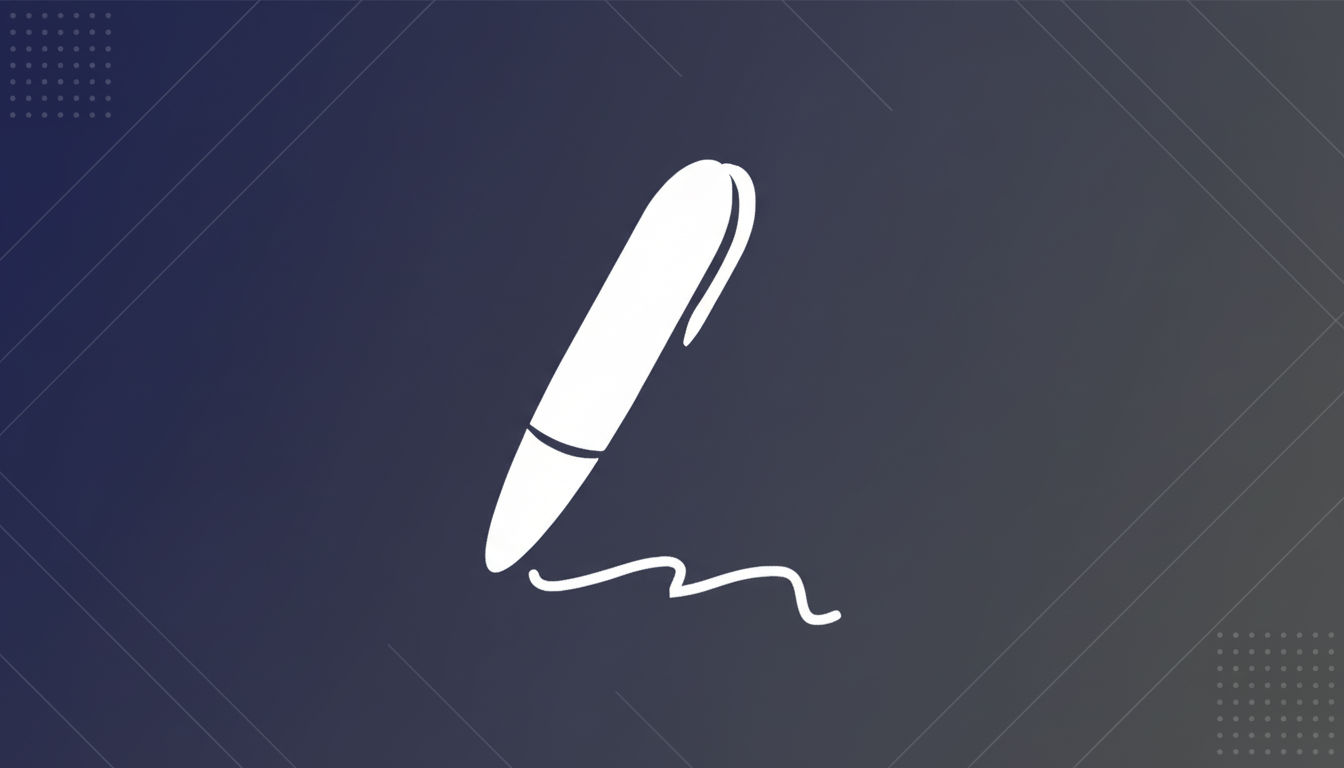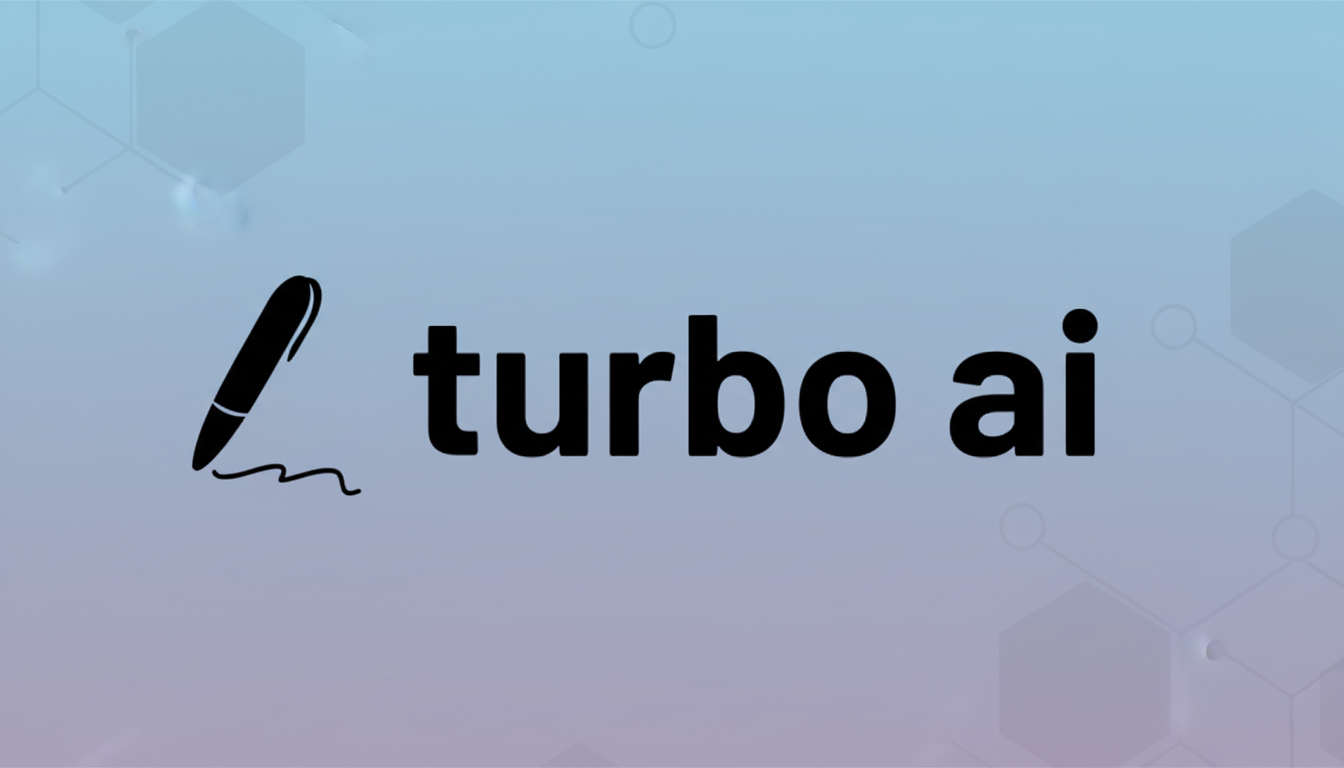Two college dropouts, both 20, turned a struggle to study effectively into one of the fastest-growing study and productivity tools on campuses and in offices. Turbo AI, an AI notetaker and learning assistant built by Rudy Arora and Sarthak Dhawan that has crossed 5 million users, grew about 20,000 new signups per day at its peak, and is already doing eight figures of ARR.
From Classroom Frustration To Viral Product
The idea was born out of a familiar pain point: trying to take notes while also paying attention. The duo first developed a student-focused tool — then called Turbolearn — that captures lectures and automatically generates clean notes, flashcards, and quizzes. Adoption raced through Duke and Northwestern, but then began to seep into lecture halls at Harvard and MIT in dorm chats and GroupMe threads before climbing the ranks to its current national scale.

Dhawan had a consumer-growth background from a prior app that was No. 1 on the App Store with tens of millions of users and real revenue. Arora relied on viral distribution strategies perfected through social media playbooks. Their ethos: ship fast, watch what students actually do, and iterate aggressively.
What Turbo AI Actually Does for Students and Teams
Attaching old-school record-transcribe-and-summarize workflows to interactive study loops, Turbo AI is a classic. Students and professionals can upload lecture slides, PDFs, or readings, along with YouTube videos; the system creates structured notes, glossaries, and practice questions, and includes a chat assistant that explains concepts in plain language while citing back to the source material.
Live recording is supported, but many users also want to upload materials—noisy lecture halls filled with users typing into their laptops drown the sound. Power users regularly deposit a 30-page deck and churn their way through more than 70 quiz prompts in one sitting — behavior that suggests a product causing measurable learning gains, not just neat summaries.
It falls purposefully between manual tools like Google Docs and purely automated notetakers like Otter or Fireflies. A user can write with the AI, use it as a co-pilot, or have it provide a first pass and build from there. This combined workflow is more and more the norm in education and knowledge work, where trust comes from user control.
From Campus to Enterprise: Turbo AI’s Expansion
Though born in lecture halls, Turbo AI’s applications have widened. Consultants, lawyers, and doctors feed long reports into the tool to produce executive summaries, bulleted memos, or audio versions to listen to during commutes. Analysts with firms like Goldman Sachs and McKinsey are also active users, they say — evidence that the app is benefiting from some of the same generative AI tailwinds reshaping white-collar work.
That crossover follows trends in the broader market. Generative AI alone has been estimated by McKinsey to contribute trillions of dollars of value every year by improving tasks as varied and important as research, summarization, and coaching. In education, groups such as the International Society for Technology in Education have pointed to the growing use of AI tutoring and assessment tools, especially those that embed retrieval practice — which is one of Turbo AI’s central hooks.

Business Model Discipline & Unit Economics
Pricing begins at around $20 a month for students, and continuous A/B tests are needed to optimize the balance between student affordability and margins. Even with aggressive user growth, Turbo AI has managed to keep its head above water: it remains cash-flow positive, an outlier in a space where inference costs, which are typically incurred using GPUs for processing, can burn through capital. The 15-person Los Angeles team was quick to raise $750,000, raised the guardrails on new funding, and focused on achieving product-market fit and scalable growth.
An eight-figure ARR at this size suggests a healthy conversion from free to paid, and disciplined cost control concerning both transcription and use of models. With consumer SaaS, mid single-digit paid penetration on a large base can support a durable business: this is what we see in subscription analytics benchmarks reported by companies like Paddle and ProfitWell.
Why Turbo AI Cut Through the Noise in Study Tools
Speed and specificity matter. Rather than bundle a generic chatbot, Turbo aimed for two high-frequency tasks: mastering an entire body of materials and distilling complicated documents. The app provides immediate value within minutes of upload, and reinforces retention through spaced quizzes as well as a chat interface to clarify definitions, equations, and case citations on demand.
Distribution also counts. By getting embedded in student communities and creator circles at schools like UCLA — and fueling swarming growth via short-form content — the team was able to meet users where they’re already sharing study hacks. That groundswell was translated into professional practice by graduates who brought habits along with them as they arrived on the job.
Competitive Landscape And What Lies Ahead
Turbo AI competes with entrenched note-takers and upstart student-focused entrants, including Y Combinator-backed options. Its distinguishing feature is the co-authoring and assessment loops through transcription. If it’s able to keep users engaged while broadening content ingestion (think research databases, LMS integrations, and policy-compliant enterprise deployments), it does have a path toward deeper use cases for both students as well as professionals.
For now, that formula is working: millions of users and strong retention behaviors — and a money-making engine put together by two founders who dropped out of class to build a better way to take notes. And in the glutted ecology of AI, that’s the double combo.

